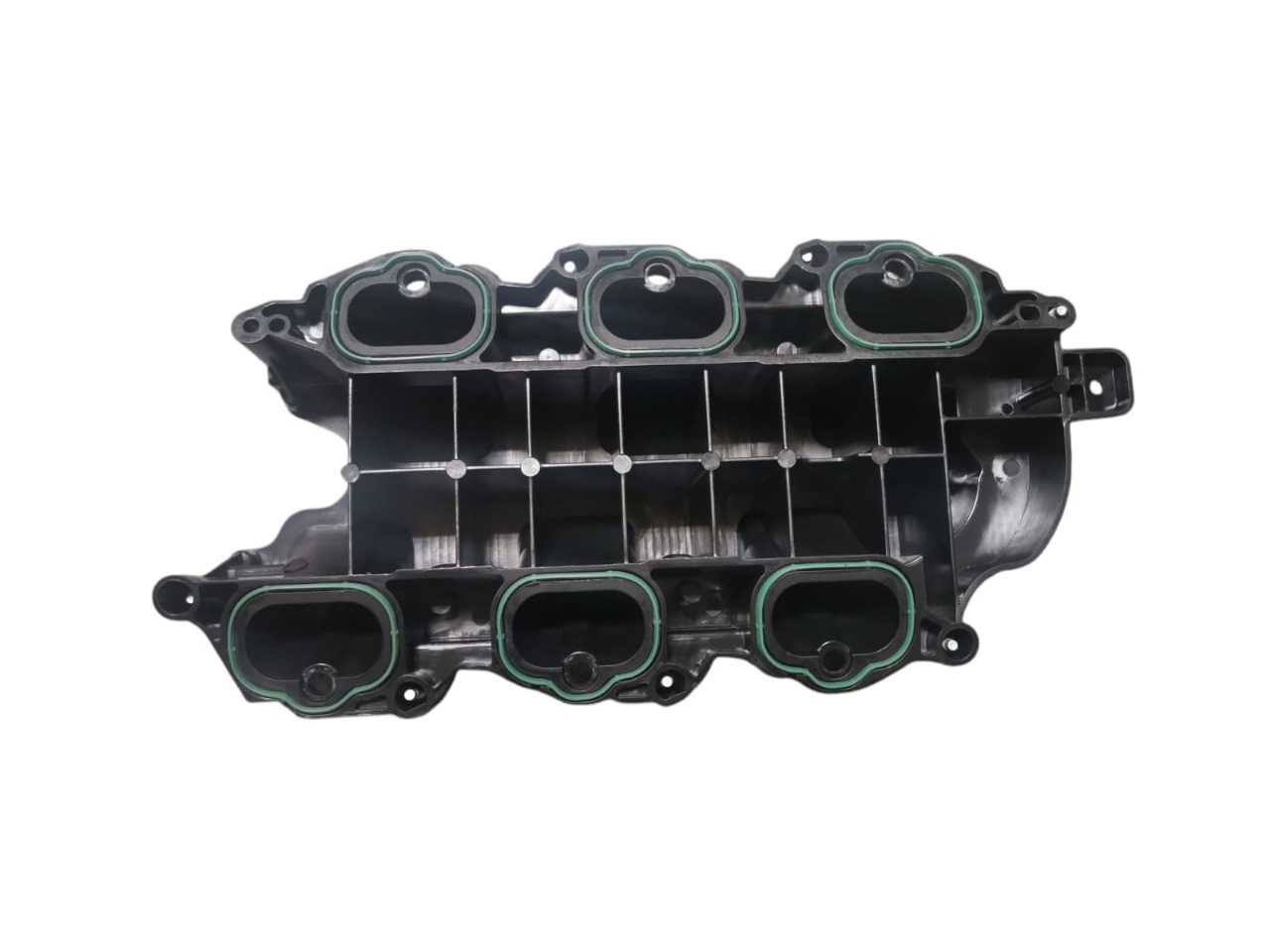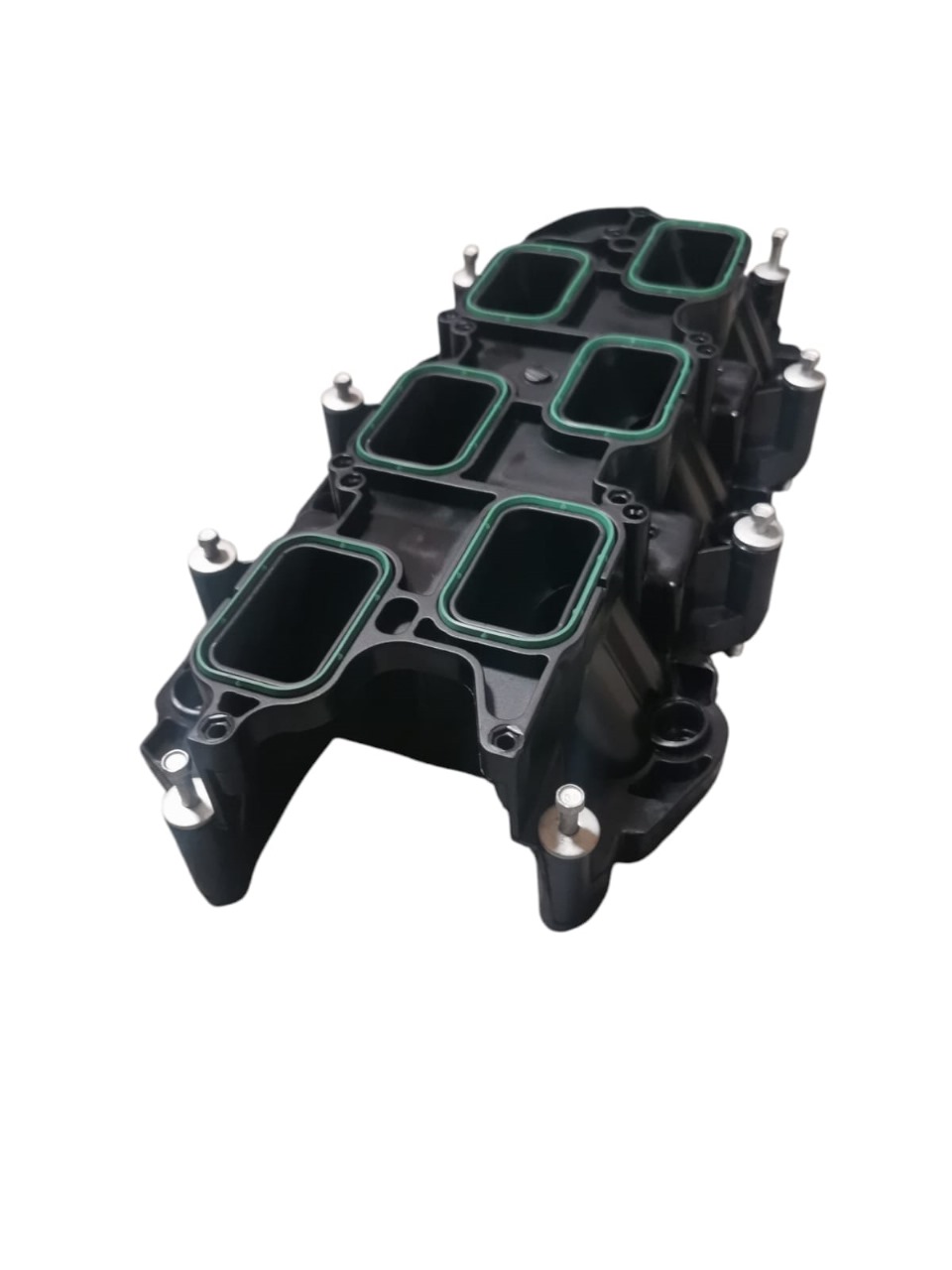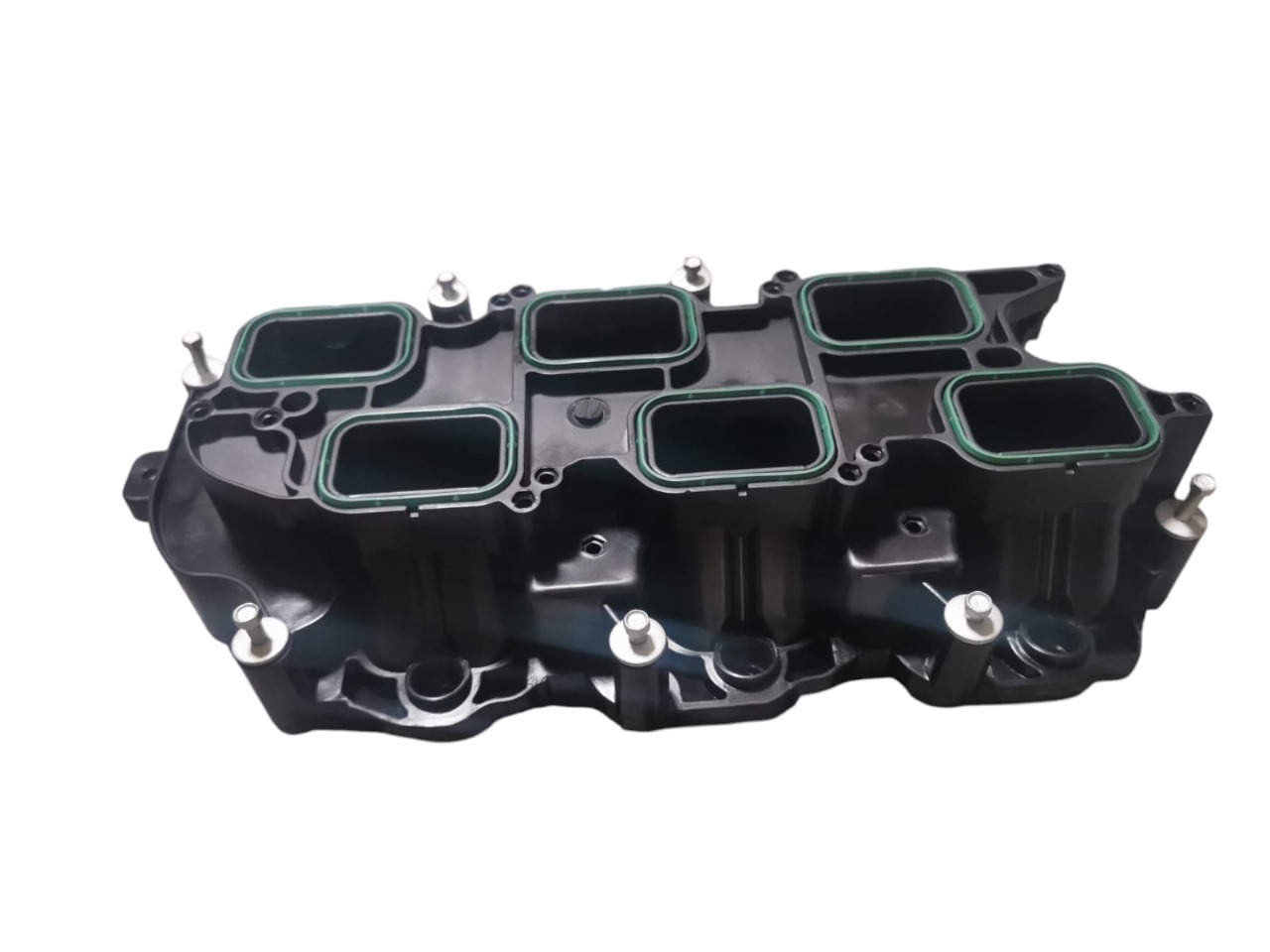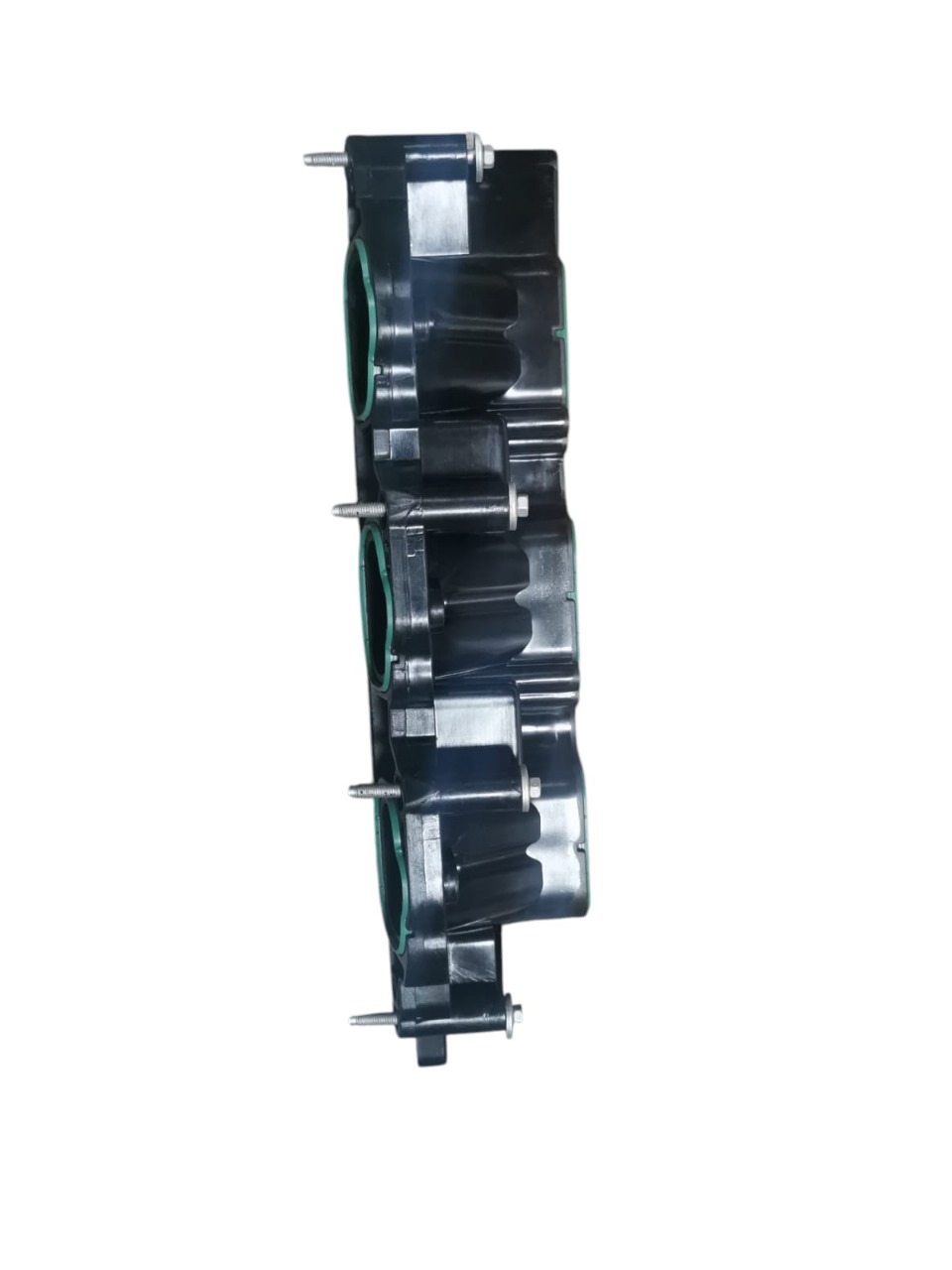




Overview
The bottom intake manifold on the Dodge Journey 3.6L V6 Pentastar engine is a crucial component of the engine’s air intake system. It plays a vital role in the delivery of air to the engine’s combustion chambers, ensuring proper air-fuel mixture for optimal performance. This part is located beneath the upper intake plenum and above the engine block, making it central to the engine’s breathing system.
Function and Purpose
The primary function of the bottom intake manifold is to distribute incoming air evenly to each of the six cylinders. This even distribution is essential for maintaining engine balance, fuel efficiency, and overall power output. On the 3.6L Pentastar engine, this component is designed to match the engine’s dual overhead camshaft (DOHC) configuration, aiding in the management of variable intake flows under different engine loads and RPM ranges.
Additionally, the intake manifold may house integrated components, such as intake runners, gaskets, and sensors. These features help improve volumetric efficiency and ensure precise control over the air intake process.
Construction and Material
The bottom intake manifold is typically constructed from lightweight, high-strength composite plastic or aluminum, depending on the model year and specific configuration. The composite material helps in reducing engine weight and improving thermal insulation, which keeps the incoming air cooler and denser—beneficial for combustion efficiency.
In some models, integrated tuning valves or actuator components are included to modify the airflow path dynamically. These are often controlled electronically by the engine control unit (ECU) to optimize performance under various driving conditions.
Common Issues and Maintenance
Some common issues associated with the bottom intake manifold include:
- Vacuum leaks
- Cracked plastic housing
- Warped mating surfaces
- Failed gaskets
- Carbon build-up in runners
These issues can lead to symptoms such as poor engine performance, rough idle, reduced fuel efficiency, and Check Engine Light (CEL) activation. Regular inspection and proper torque during reinstallation are crucial to avoid air leaks or warping.
Conclusion
The Dodge Journey 3.6L bottom intake manifold is a vital part of the engine’s air intake and fuel efficiency system. Ensuring its proper function and integrity is essential for maintaining performance, emissions, and longevity of the Pentastar V6 engine. Whether replacing it due to damage or during a gasket service, using a high-quality manifold and following proper procedures is key to engine reliability.
